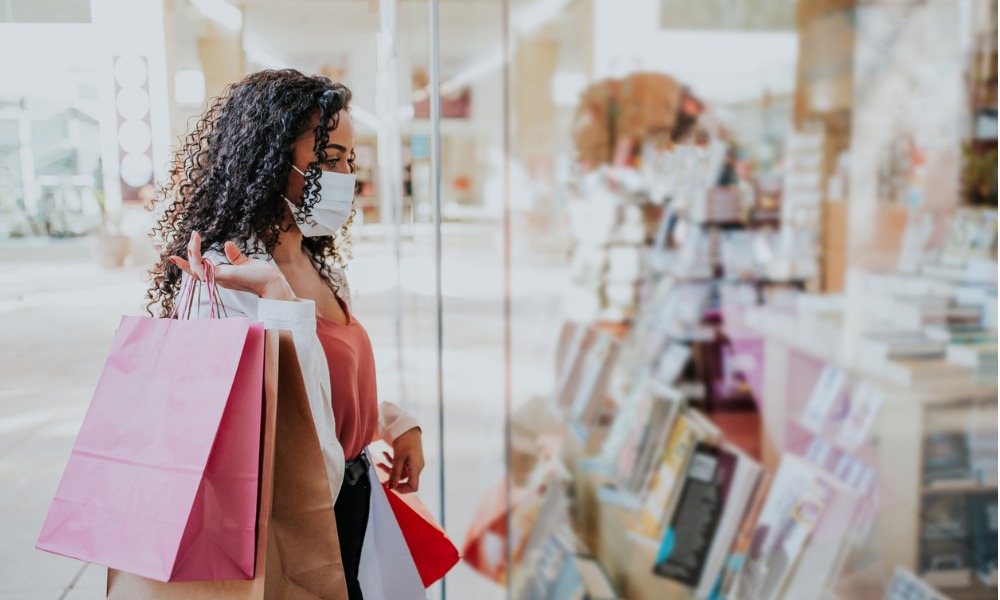Don't count on rush in consumer spending to sustain surge in recovery, says AGF CEO

Keeping the faith has been tough for many investors in sectors hammered by the COVID-19 pandemic, but there are reasons to do so. Among those is the expectation that when the crisis blows over, companies can recover their lost earnings and then some as starved consumers descend on malls, restaurants, and tourist destinations.
But according to AGF’s CEO and Chief Investment Officer Kevin McCreadie, that promise can only go so far.
“Without doubt, lockdowns over the past year have created enormous pent-up demand that is now being unleashed to varying degrees around the world,” McCreadie said in a recent blog post. “This includes binge spending on goods and services that have been largely off limits throughout the pandemic such as indoor dining at restaurants, haircuts and vacations.”
Over the past year, he noted, bold fiscal stimulus measures have fuelled a whiplash-inducing economic turnaround in several countries. The International Monetary Fund expects upcoming first-quarter statistics to show 6.5% GDP growth in the U.S., which would represent its strongest economic growth since 1984. China, the second-largest economy on the planet, recently reported GDP growth of 18.3% over the first three months of 1991, it’s largest-ever reported annual growth rate.
But as governments step back from providing life support to their respective countries, McCreadie said consumer spending will play a more pivotal role in fuelling economic growth and corporate earnings. And as tempting as it is to assume that frustrated consumers will spend to a much larger degree than they ordinarily would across the board, it’s just not a realistic narrative.
“People aren’t going to keep going on vacation every week. Nor are they going to load up on multiple haircuts or continue to eat out more frequently than they would have before the pandemic,” he said. “In these cases, what was forfeited during the past year is more akin to lost demand than it is suspended demand which can be quickly caught up once it resumes.”
There’s also the question of whether the pandemic has changed some consumers’ spending habits. A year of forced savings could create a permanent downward shift in people’s proclivity to splurge; at minimum, the basket of goods of the typical household may end up different compared to before when daily commutes and working in the office were unquestioned aspects of daily life.
Taxes could be another complicating factor, he said, particularly as countries look for ways to curb their ballooning deficits. McCreadie pointed to the U.S., where a tax hike targeting the country’s wealthiest is being proposed.
“The retail clothing industry, for example, seems well-positioned to benefit from the burst in consumer spending that is now afoot,” he said, adding that store closures, increased investment in online shopping, and decreased labour costs present points of potential added profitability.
However, that spending burst can only take earnings so far, and some of that energy transfer is bound to be sapped away by personal taxes on the consumer side, and corporate taxes on the side of businesses. Supply chain disruptions will also put corporations in the awkward position of choosing between passing costs on to consumers or absorbing the loss themselves.
“[I]t doesn’t do investors much good to marvel at the resurgent economy without contemplating the risks associated with it and how markets may end up playing out relative to current expectations because of them,” McCreadie said.



